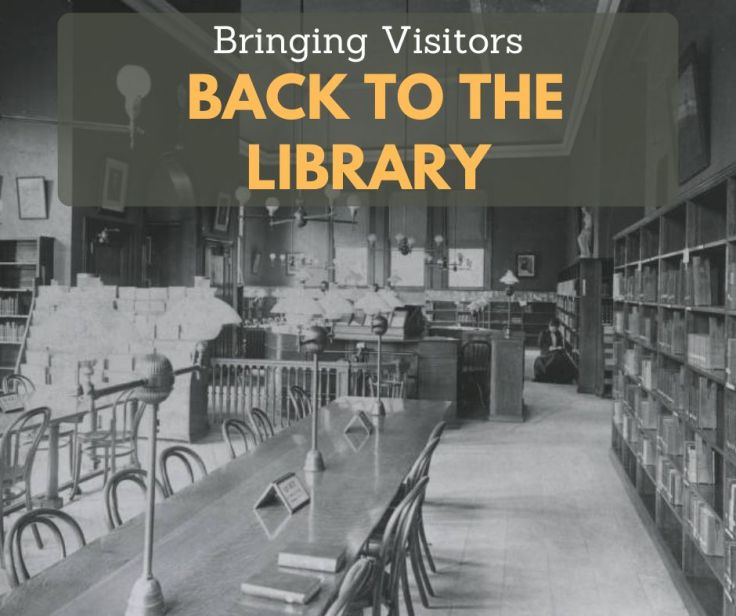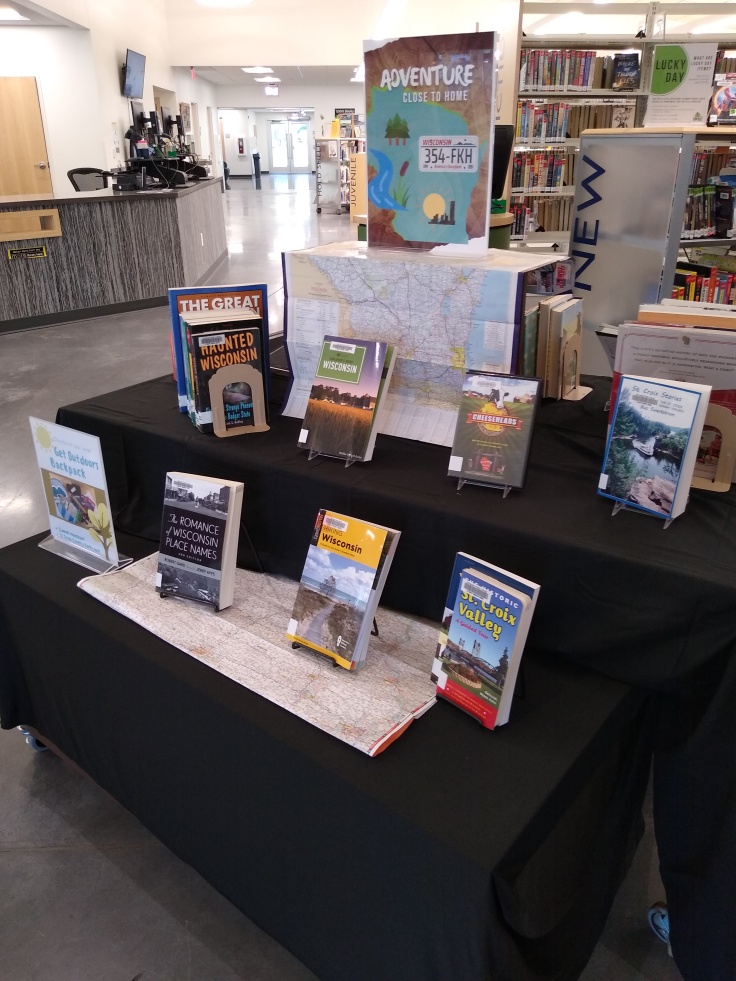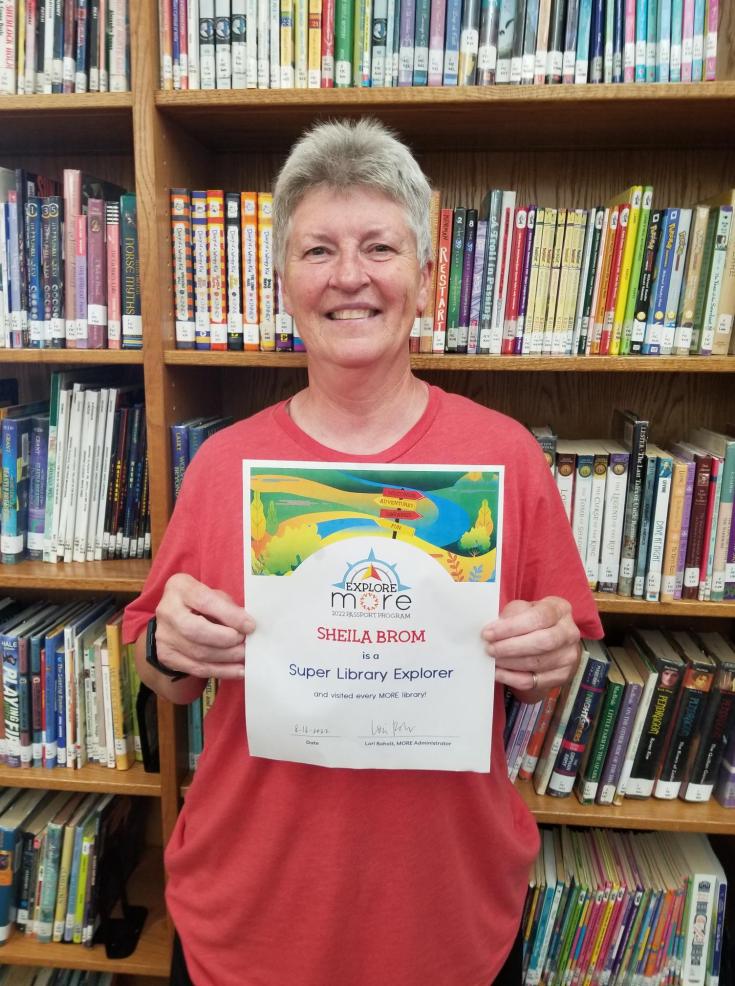
There’s nothing wrong with tooting your own horn.
A few months ago, I received an email from a library marketer nominating her library system for recognition in the “Kudos” segment on The Library Marketing Show. This particular project was so good, that it deserves an entire post.
Rebecca Kilde is the communication and marketing coordinator for IFLS Library System in western Wisconsin. She’s been with the system for five years and has a background in graphic design.
IFLS Library System covers ten counties with 53 libraries, mostly small, rural libraries. The libraries she served were facing a problem.
“My librarians were telling me that their visits weren’t bouncing back up to pre-pandemic levels,” recalled Rebecca. “There was some general confusion about whether libraries were even open.”
Rebecca Kilde, IFLS Library System
“Our libraries were open during almost all the last two and a half years and were important resources for some people in our communities. We didn’t want anyone to miss out on getting support from the library. We wanted our funding bodies to get that message as well.”
In the fall of 2021, Rebecca and her colleagues decided to explore a passport program system-wide. This program’s goal was to get people back into the library after the pandemic as well as educate people about the scope of their consortium services and benefits.
The idea was simple. All the libraries in the system had to have passports and entry forms available and a staff person to stamp passports and collect entry forms.
Setting a goal for any type of promotion is incredibly important to success. Rebecca had three things she wanted to accomplish.
First, Rebecca wanted patrons to experience the benefits of a library card firsthand. “We wanted to show how easy it is to check out and return items throughout our system,” she said. “We also wanted to send a clear message: Libraries are open, and libraries are fun!”
“Our app is new and includes navigation to all our locations in one handy spot, so this was a good opportunity to promote that. For our libraries, we wanted to increase circulation and engagement. A significant factor in support for library funding is having interacted with a librarian, so we built that in. We wanted people to engage with one of our wonderful librarians.”
Rebecca put her background in graphic design to work, creating a logo, a public-facing landing page on the system website, the passport, and marketing collateral.
“We printed enough for each library to get 25 passports,” explained Rebecca. “(We) sent them through courier as a kit that included a little rubber stamp, a stamp pad, signage, and a master sheet to make entry forms.”
Rebecca worked diligently to provide direction, content, and encouragement to her libraries. Each month, she emailed a marketing toolkit to all the participating libraries. The toolkit contained everything the libraries needed: a focused message; four social media posts with suggested messaging; updated posters; ideas from libraries, and comments from participants.
Some of the libraries took the passport program idea and ran with it. “Ellsworth handed out a water bottle with a bag of fun things that included a goat-milk soap sample from a local producer,” said Rebecca. “Clear Lake created prizes and a drawing of their own for their cardholders; Somerset ran out of their fun swag bags. Lots of libraries created great displays.”
The program was an outstanding success. Rebecca told me that over the course of the program, which ran from April 4 to July 15, participating libraries handed out more than 1500 passports and recorded more than 2800 stamps. Each of those stamps counts as one visit to the library. Nine people visited all 52 libraries!



Participating libraries saw robust circulation of travel-related items featured in library displays. Most libraries invited passport visitors to participate in other activities, like a scavenger hunt for kids in River Falls or library bingo in Menomonie. And they were able to identify some library super fans, who may become influencers in a future campaign.
Rebecca credits several factors for the success of the program, including timing and collaboration. “People were ready to go out and explore,” she explained. “And this was NOT a top-down promotion. It was library-driven the whole way.”
Rebecca has one final piece of advice for libraries looking to put together a successful program. Simplicity is key, she said. “We’re looking for ways to expand what the program offers without requiring a lot of extra work.”
You May Also Want to Read These Posts
Promoting Library Programs on Social Media: How Far in Advance Should You Start Posting?
How To Write Great Program Descriptions To Drive Attendance for Your Library!
Subscribe to this blog and you’ll receive an email every time I post. To do that, enter your email address and click on the “Follow” button in the lower left-hand corner of the page.
